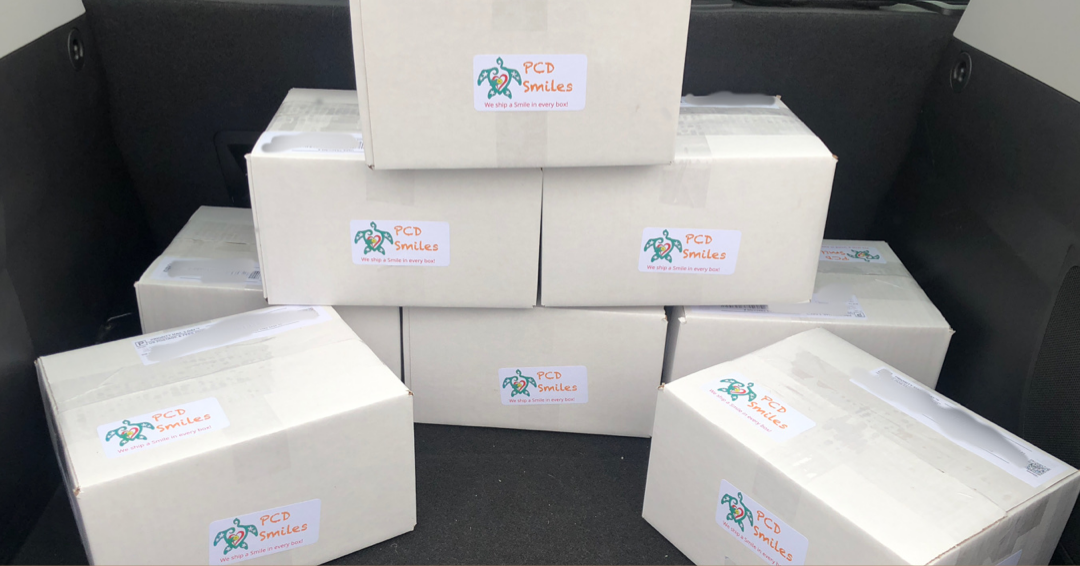To date there have been limited published studies of antibiotic usage to control airway inflammation in PCD. With PCD being relatively new to the research arena there are unfortunately very limited data collection and or research into specific PCD treatment and management. Much of what doctors do today to treat their PCD patients is borrowed from Cystic Fibrosis (CF) research and established CF treatments and guidelines. This is in part because CF is basically mucoclearance issues just as PCD is. However though the disease path in CF seems similar to PCD, both diseases are due to different physiological reasons which are independent of each other.
Another treatment method often see in CF that is currently under use in PCD care is the usage of low dose antibiotics, sometimes referred to as prophylactic antibiotics, which are aimed to target airway inflammation. Airway inflammation is a key factor in disease progression in Cystic Fibrosis patients, more so than chest infections. The theory behind low dose antibiotics for inflammation is to control inflammation and or erase inflammation which should slow down disease progression. These low dose antibiotics called “macrolides” are often given three times a week; usually on Monday, Wednesday, and Friday schedule. Macrolides are a broad spectrum antibiotic class which includes Clarithromycin (Biaxin), Azithromycin (Zithromax), Erythromycin, Spriamcin, and Telithromycin. Macrolide antibiotics are often prescribed to treat everyday infections, but have lately come to be known for their anti inflammatory properties. Those anti inflammatory properties have made them an excellent choice for use in controlling airway inflammation and thereby reducing or slowing disease progression in CF. Whether this translates over to disease progression in PCD remains to be seen. However, when put in practice by physicians for their PCD patients the antidotal evidence suggests that reducing inflammation in PCD seems to slow the disease progression in PCD.
One common misconception in using low dose prophylactic macrolides is that the patient should not get/ acquire respiratory infections because the patient is on prophylactic antibiotics. It’s important to note that low dose prophylactic antibiotics do not provide therapeutic treatment of any systematic infections in the body. This is because the dosage of the macrolides is not high enough to actively fight an infection in the body. The main purpose of the use of longterm macrolides is to target inflammation, not to target and prevent any other infections.
Be sure to visit us next week for another Topic Thursday!
Join our Facebook group Turtle Talk Café today, click here.
We have several ways that you can donate to PCD Smiles;
- Visit Smile E. Turtle's Amazon Wishlist
- For more information on how you can donate, please visit our "Donation" page to check out our "Do & Don't policies.
- Or sponsor a PCD Smiles cheer package today!
- To shop for your “Official” turtle care ribbon gear today, visit PCD Style or Smile E. Cove
Thank you for your consideration!














